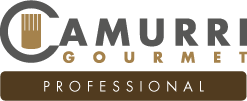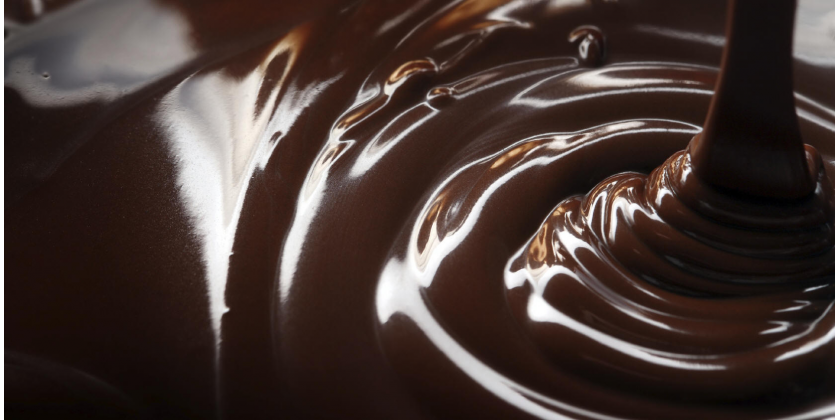After the Spanish conquest of Western Indies the cocoa came in Europe, first like gift offered by the noble Amerindians to the conquistadores, then like commodity.
The use of the chocolate spread in all European courts and soon the name Amerindian of cacahuatl was changed into chocolate. Now the chocolate was not gotten following the ritual Amerindians, but using the molinillo, a wooden whisk-like tool that is twirled between the palms of the hands to obtain the foam.
The chocolate came in Italy, thanks the Spanish dominion of the peninsula: the Spanish monarchy ruled the Milan dukedom and the Kingdom of Two Scillies, besides Emanuele Filiberto of Savoy was appointed general of the Spanish army. The chocolate diffusion was capillary and was called from the Jesuits "the drink of the soul."
During the 17. century the chocolate conquered all courts of Europe. The bitter taste was sweetened with sugar, vanilla and ground almonds. The chocolate acquired new moulds, like ice cream or the pralines, these little sweetness were born by chance in the kitchens of the count Duke of Plesslin-Praslin. Early the Church decided to permit to drink liquid chocolate in fast time, because Salomon said: “Liquidum not frangit jejunum”. In Italy following the French use were opened the first coffees and in Turin the pastry chef Anthony Ari obtained the permission to open the Italian first Shop of the Chocolate. In Great Britain the confectioners sold the first chocolate solid, the tablets; in the 1687 Hans Sloane added the milk to chocolate preparation. The Spain kingdom kept for years the cocoa beans monopoly, but the other European monarchies decided to interest to this commerce and early the Dutch conquered the cocoa exclusive commercial.
The chocolate fuelled the creativity of European cooks; they used the beans to make new sweets. At the same time the scientists took an interest in the cocoa plant and Linnaeus classified the Amerindian plant Kakawa like Theobroma Cocoa: this name mean Food of the Gods in Greek language.
In Europe, the process of cocoa beans transformation was improved: from the hand millstone to Dubuisson table mill to grind chocolate. In 1776 the French pastry chef Doret invented an hydraulic machine to ground cacao seeds and to mix it with sugar. In Italy one of the first chocolate laboratories was opened in Bologna: Laboratory Majani.
During the 19. century the Italian Bozelli invented an industrial machine to refine the cocoa pastry and mix with sugar and vanilla; in Holland van Houten invented the cocoa pressing method: cocoa solids were separated from cocoa butter by means of pressing by treatment to sweeten the bitter taste. At the same time in Switzerland the pastry chefs improved the product with the addition of the milk (Daniel Peter, 1878) and the procedure to obtain the dark chocolate: the conching (Rodolphe Lindt, 1879).





